Native texts discovered in a remote church in Mexico belong to an ancient sacred tradition
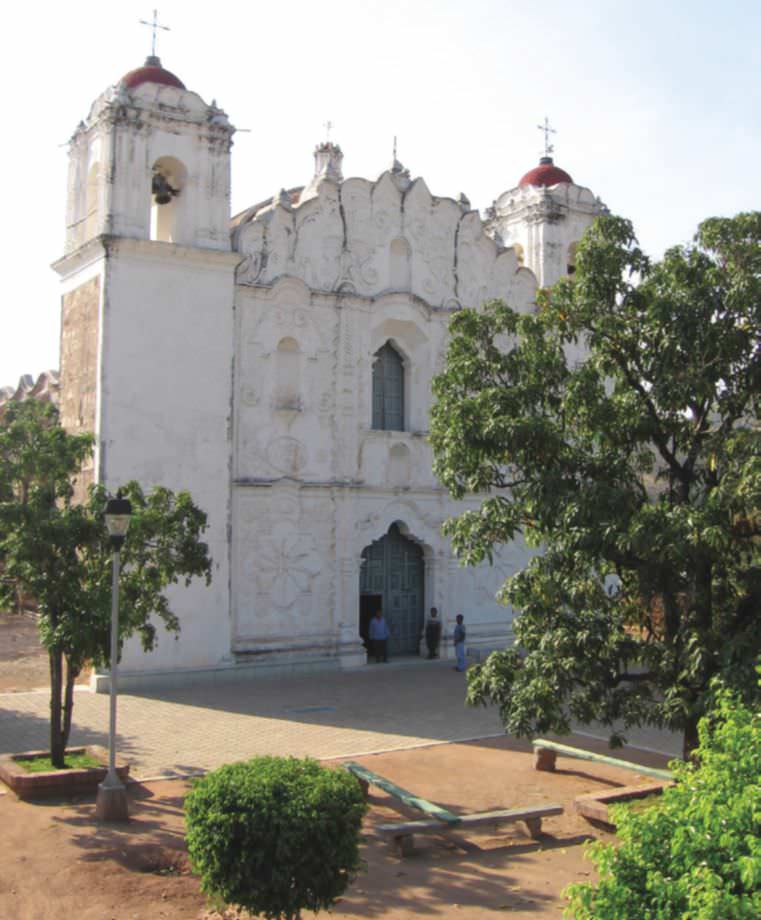
LYING IN THE FOOTHILLS of the Sierra Madre del Sur mountains of southeastern Oaxaca, the remote town of San Bartolo Yautepec is home to about 700 people. Some still speak the native Zapotec language, and many women in the town maintain a strong link to the past by creating textiles—widely admired throughout Mexico and beyond—using traditional weaving techniques. The town’s eighteenth-century church remains an important center of community life.
In 2001, musician Cicely Winter, director of the Institute of Oaxacan Historic Organs, led a delegation to inspect the church’s nineteenth-century pipe organ. While photographing and measuring the instrument, she noticed two wooden boxes with elegant old iron locks stored nearby. “We asked the local authorities what was in the boxes,” says Winter, “but nobody knew and there were no keys for the locks.” The community leaders decided to use a hammer to prize the nails out of the back hinges of the boxes, which proved to be full of documents. One contained loose sheets of nineteenth-century religious music, as well as band music and popular songs dating to as late as the 1960s.
In the other were documents of an entirely different character. “We wanted to whoop for joy,” says Winter. What they had discovered was an extraordinary trove of bound manuscripts of seventeenth-century Gregorian chants and Latin liturgies. Upon closer inspection, Winter noticed that one book of chant scores was bound with two fragments of a still older manuscript. Placed upside down and facing the last page of finely copied musical notations, the deerskin parchments were painted with two rows of once-vibrant symbols and depictions of human figures—remnants of a sacred book belonging to a tradition that predated the Spanish conquest by hundreds of years.
This story is from the {{IssueName}} edition of {{MagazineName}}.
Start your 7-day Magzter GOLD free trial to access thousands of curated premium stories, and 9,000+ magazines and newspapers.
Already a subscriber ? Sign In
This story is from the {{IssueName}} edition of {{MagazineName}}.
Start your 7-day Magzter GOLD free trial to access thousands of curated premium stories, and 9,000+ magazines and newspapers.
Already a subscriber? Sign In
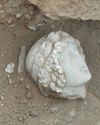
Digs & Discoveries - A Friend For Hercules - Archaeologists discovered a finely carved head depicting Apollo, god of the sun, music, and poetry.
While digging at the crossroads of the two main streets in the ancient city of Philippi in northern Greece, archaeologists discovered a finely carved head depicting Apollo, god of the sun, music, and poetry.
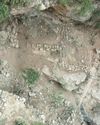
Digs & Discoveries - A Fortress Sanctuary - A sprawling 2,000-year-old fortress in the Zagros Mountains of Iraqi Kurdistan appears to have included a sanctuary dedicated to the ancient Persian water goddess Anahita.
A sprawling 2,000-year-old fortress in the Zagros Mountains of Iraqi Kurdistan appears to have included a sanctuary dedicated to the ancient Persian water goddess Anahita.
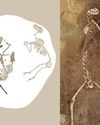
Like Cats And Dogs – Archeologist fund the skeleton of a male Eurasian lynx (Lynx lynx), a notoriously shy creature.
Оn the periphery of Zamárdi, an ancient lakeshore settlement in west-central Hungary, archaeologists uncovered a nearly five-foot-deep beehive-shaped pit with the skeletons of four adult dogs buried in successive shallow layers.
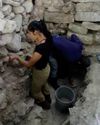
A Dynasty Born In Fire- How an upstart Maya king forged a new social order amid chaos
At the beginning of the Terminal Classic period (ca. A.D. 810-1000), many of the great kingdoms of the southern Maya lowlands-among them Tikal, Palenque, and Calakmul-were being abandoned or collapsing. For many years, scholars have assumed that most, if not all, the other kingdoms across the Maya world must have also been in steep decline.
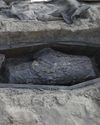
Medical Malfeasance - Archaeologists uncovered two coffins during excavations of a nineteenth-century cemetery in Quebec City that provide evidence of the illicit practice of diverting corpses for the study of human anatomy.
Archaeologists uncovered two coffins during excavations of a nineteenth-century cemetery in Quebec City that provide evidence of the illicit practice of diverting corpses for the study of human anatomy. Starting in 1847, medical students were required to have practical experience studying human anatomy, but legal options to procure cadavers were limited
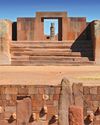
RISE AND FALL OF TIWANAKU
New dating techniques are unraveling the mystery of a sacred Andean city
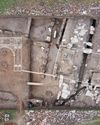
Making a Roman Emperor
A newly discovered monumental arch in Serbia reveals a family's rise to power in the late second century A.D.
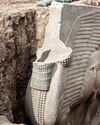
The Assyrian Renaissance
Archaeologists return to Nineveh in northern Iraq, one of the ancient world's grandest imperial capitals

Java's Megalithic Mountain
Across the Indonesian archipelago, people raised immense stones to honor their ancestors
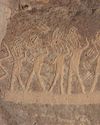
THE SONG IN THE STONE
Located in a desert gorge in southern Peru, Toro Muerto is one of the richest rock art sites in South America. It includes at least 2,600 boulders bearing petroglyphs, many featuring figures known as danzantes who appear to be dancing.